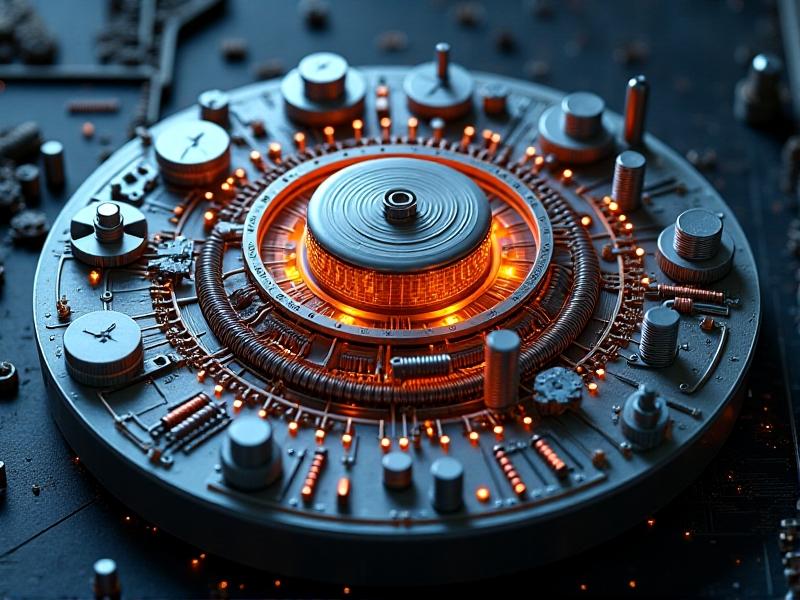Variable Current Resistance Machines
Introduction to Variable Current Resistance Machines
Variable Current Resistance Machines (VCRMs) are a fascinating innovation in the field of electrical engineering, offering a dynamic approach to managing electrical resistance. These machines are designed to adjust resistance levels in real-time, providing unparalleled flexibility and efficiency in various applications. From industrial machinery to renewable energy systems, VCRMs are revolutionizing the way we control and optimize electrical currents. This article delves into the intricacies of VCRMs, exploring their working principles, benefits, and potential future developments.

How Variable Current Resistance Machines Work
At the core of VCRMs lies the ability to modulate resistance based on the current flowing through the system. This is achieved through advanced materials and control mechanisms that respond to changes in electrical load. The machine's resistance can be adjusted automatically or manually, depending on the specific requirements of the application. This dynamic adjustment helps in minimizing energy loss, enhancing performance, and extending the lifespan of electrical components. Understanding the working principles of VCRMs is essential for appreciating their potential and versatility.

Applications of Variable Current Resistance Machines
VCRMs find applications in a wide range of industries, from manufacturing to renewable energy. In industrial settings, they are used to optimize motor performance, reduce energy consumption, and improve process control. In renewable energy systems, VCRMs play a crucial role in managing the variable output of solar panels and wind turbines, ensuring stable and efficient energy distribution. Additionally, they are being explored for use in electric vehicles, where they can enhance battery performance and extend driving range. The versatility of VCRMs makes them a valuable tool in the pursuit of sustainable and efficient energy solutions.

Benefits of Using Variable Current Resistance Machines
The benefits of VCRMs are manifold. By dynamically adjusting resistance, these machines help in reducing energy waste, lowering operational costs, and improving overall system efficiency. They also contribute to the longevity of electrical components by preventing overheating and reducing wear and tear. Furthermore, VCRMs offer greater control and precision in managing electrical currents, making them ideal for applications that require high levels of accuracy. As industries continue to seek ways to optimize energy use and reduce environmental impact, VCRMs are emerging as a key technology in achieving these goals.
Challenges and Limitations of Variable Current Resistance Machines
Despite their numerous advantages, VCRMs are not without challenges. One of the primary limitations is the complexity of their design and the need for precise control mechanisms. This can result in higher initial costs and require specialized knowledge for installation and maintenance. Additionally, the performance of VCRMs can be affected by environmental factors such as temperature and humidity, which may necessitate additional protective measures. Addressing these challenges is crucial for the widespread adoption of VCRMs and their integration into various systems.
Future Developments in Variable Current Resistance Machines
The future of VCRMs looks promising, with ongoing research and development aimed at overcoming current limitations and expanding their applications. Advances in materials science, such as the development of more efficient and durable resistive materials, are expected to enhance the performance of VCRMs. Additionally, the integration of artificial intelligence and machine learning could lead to smarter and more adaptive control systems, further improving their efficiency and reliability. As technology continues to evolve, VCRMs are poised to play an increasingly important role in the future of electrical engineering and energy management.
Conclusion
Variable Current Resistance Machines represent a significant advancement in the field of electrical engineering, offering a dynamic and efficient approach to managing electrical resistance. Their ability to adjust resistance in real-time provides numerous benefits, from energy savings to improved system performance. While challenges remain, ongoing research and development are paving the way for more advanced and versatile VCRMs. As industries continue to seek sustainable and efficient energy solutions, VCRMs are likely to become an integral part of the technological landscape, driving innovation and progress in the years to come.







